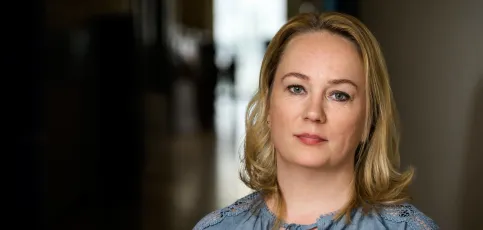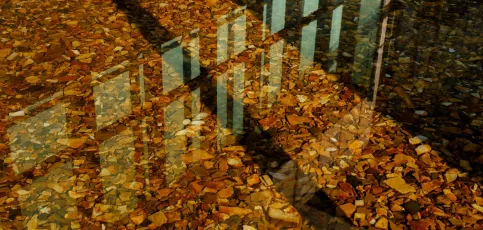
Academics have long wrestled with the puzzle of the end of Norse settlements in Greenland. Norse people sailed from Iceland shortly before 1000 A.D. and settled in two locations in Greenland. They then disappeared as if the earth had swallowed them up around the middle of the 15th century.
It is known that the climate cooled over the centuries following the Norse settlement of Greenland. The fertility of the land and natural conditions were therefore different from those the people had become accustomed to – the land was inhospitable. They were also isolated from Europe and there were great distances between settlements, as revealed by the research of Orri Vésteinsson, Professor of Archaeology. The Inuits were the native inhabitants of this land and there is no consensus on whether they had a part to play in the abandonment of the Norse settlements.
Orri has researched the microsociety in Greenland in the middle ages. A few years ago he began to measure a farmstead in Hvalseyjarfjörður, Greenland. "From that I got the idea of trying to analyse how the society, the parish of Hvalsey Church, might have worked."



